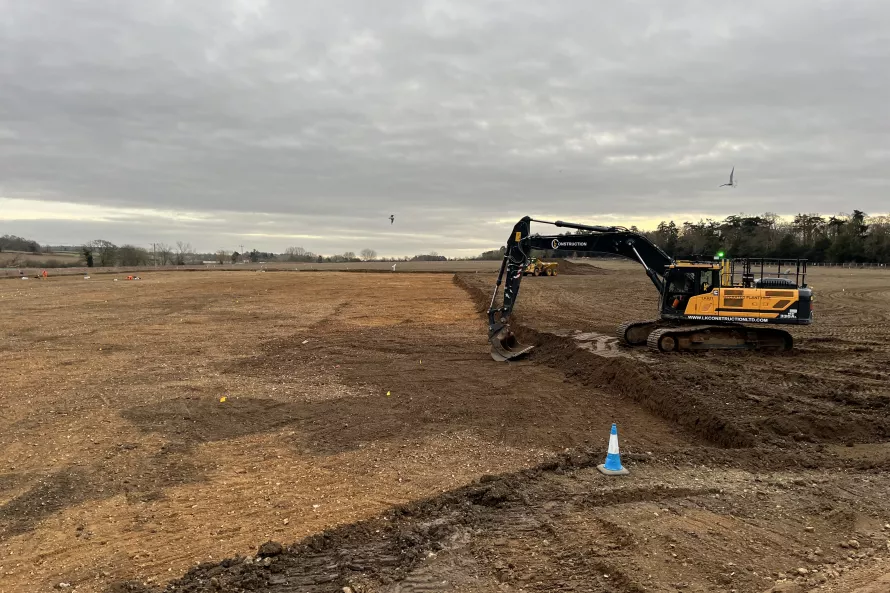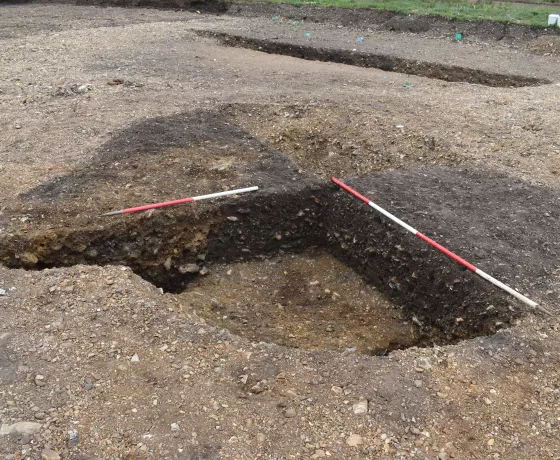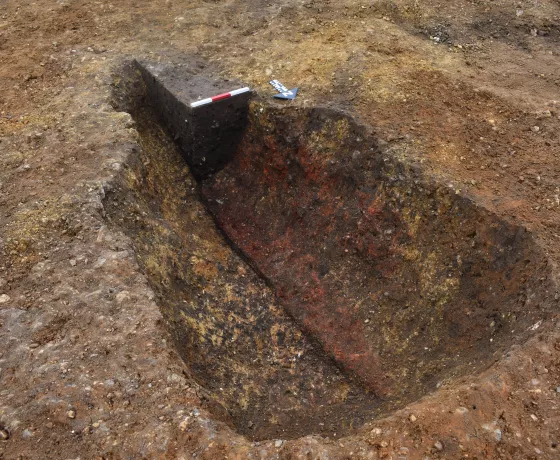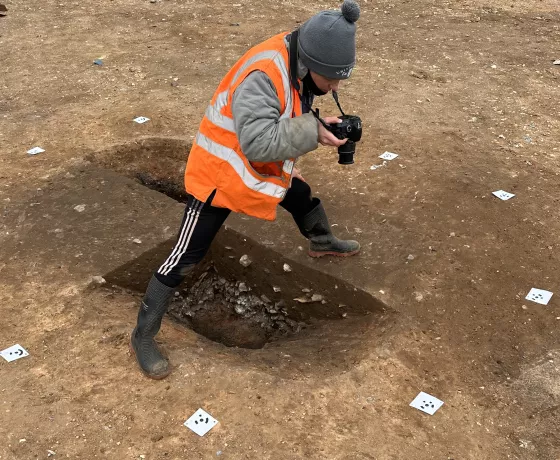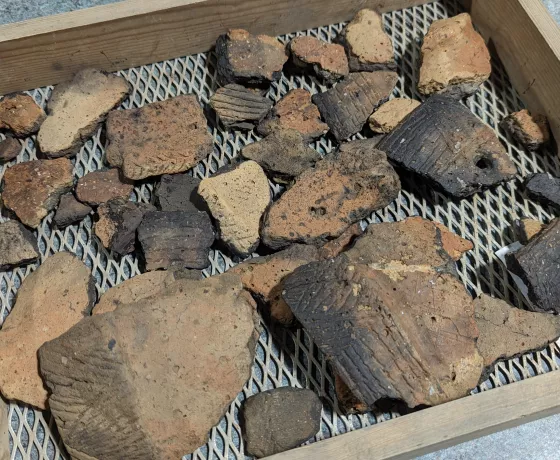When we’re on site, we quite often get asked the question “why have you decided to dig here?”. So here’s a bit of background to the who, what and why of commercial archaeology.
Commercial archaeology is wholly tied to planning. This means that when a planning application is submitted to the council, it’ll get reviewed by the historic environment team who decide whether an archaeological condition needs to be placed on the application. This happens for all planning applications regardless of size – from an extension to your home right the way up to large housing developments. The location of the development and its proximity to known archaeological remains will dictate whether a condition needs to be tied to the planning application or not. This means that the answer to the question “why have you decided to dig here?” is because some sort of development is potentially going to happen.
The amount of archaeological work we do on a site is dictated by the planning archaeologist – we don’t decide and neither does the developer. And during our time on site, we get regular visits from the planning archaeologist to ensure that we are carrying out the work to their satisfaction. Once we have completed all the archaeological investigations to their satisfaction, the planning archaeologist will partially lift the planning condition imposed on the development.
We also often get asked “who is paying for all this then?!”. Because our work is part of the planning process, the developer pays for the archaeology, as they would with any other surveys related to their proposed development. Developers must employ a professional commercial archaeology company to do these works, they can’t use volunteers, students or local archaeology groups. This means, believe it or not, that all those people you see standing in a muddy hole in the rain with a shovel in their hand are paid professionals who have been to university and obtained a degree!
Once we’re done on site, that’s not the end of the story. All the information we gather on site, as well as the finds and environmental remains are taken back to our office and collated so that we can produce a report on our findings. This reporting process is a lengthy one and it’ll often take a couple of years after the end of fieldwork for us to finish this. Once the report is done and the planning archaeologist is happy with our work, we will archive everything. This means all the finds and documentation from the site are boxed up and given to the relevant archive store (for this site it’s the Suffolk County Council Archaeological Service) and kept for future reference and research.
Other posts in this collection
Read our latest posts about the investigations at Abbot's Vale.

